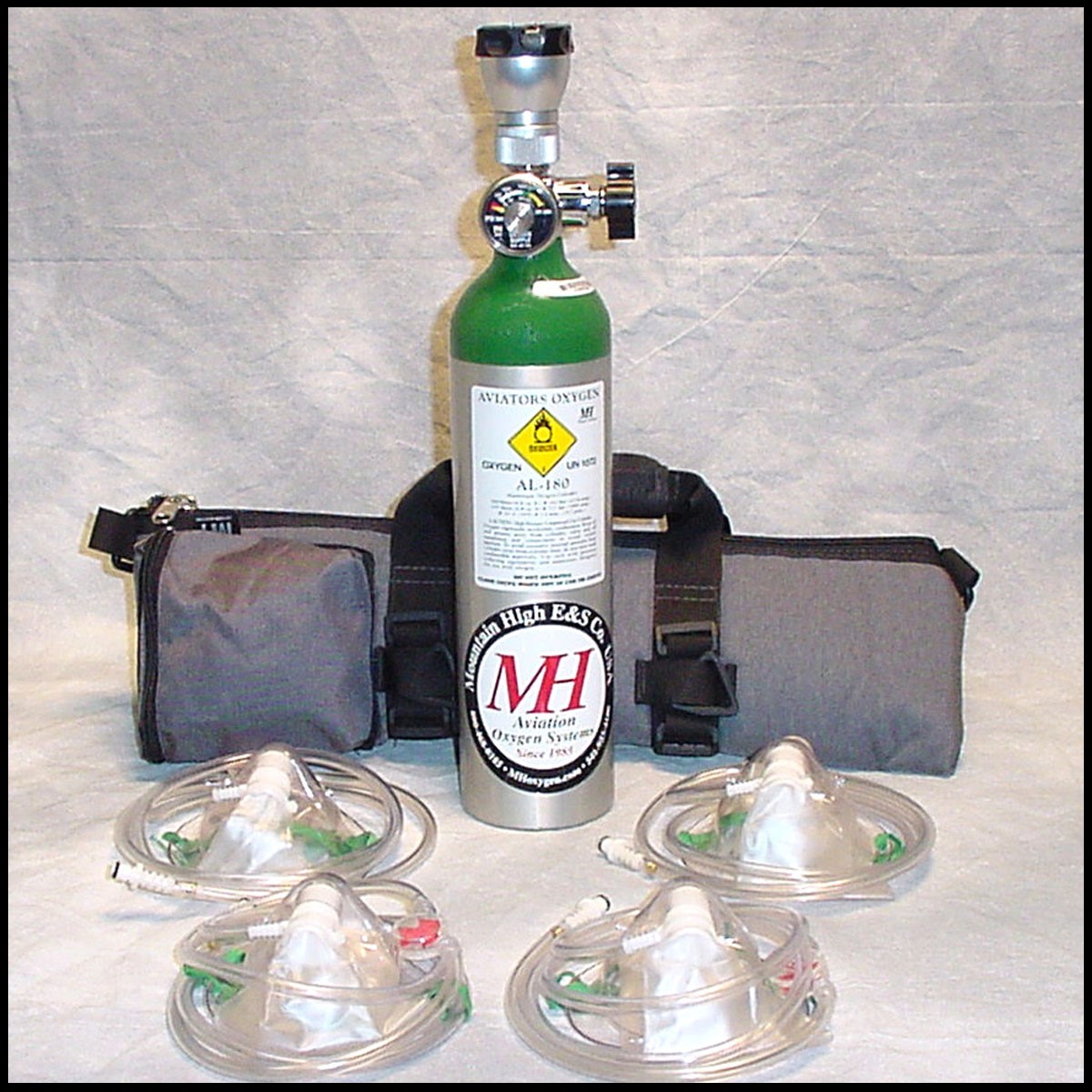African Scenery® guides have the capability to conduct a mountain rescue in cases of emergency.
- Our staff carries bottled oxygen on all climbs and can administer it to quickly treat climbers with moderate and serious altitude sickness.
- Our staff carries a portable stretcher on northern routes to evacuate climbers who need to descend but are unable to walk on their own. Wheeled stretchers provided by the park are available on other routes.
- Our staff has the ability to initiate helicopter evacuation through Kilimanjaro MedAir, a helicopter rescue operation.
Emergency Oxygen

We carry bottled oxygen on all of our climbs as a precaution and additional safety measure. The oxygen cannister is for use only in emergency situations.
It is NOT used to assist clients who have not adequately acclimatized on their own to climb higher. The most immediate treatment for moderate and serious altitude sickness is descent.
With Kilimanjaro’s routes, it is always possible to descend, and descend quickly. Therefore, oxygen is used strictly to treat a stricken climber, when necessary, in conjunction with descent, to treat those with moderate and severe altitude sickness.
We are aware that some operators market the use of supplementary personal oxygen systems as a means to eliminate the symptoms of AMS. To administer oxygen in this manner and for this purpose is dangerous because it is a temporary treatment of altitude sickness. Upon the cessation of the use of oxygen, the client will be at an even higher altitude without proper acclimatization.
99% of the companies on Kilimanjaro do NOT offer supplementary oxygen – because it is potentially dangerous, wholly unnecessary and against the spirit of climbing Kilimanjaro.
 The challenge of the mountain lies within the fact that the summit is at a high elevation, where climbers must adapt to lower oxygen levels at altitude. Using supplementary oxygen is akin to putting the mountain at sea level, where nearly everyone can summit.
The challenge of the mountain lies within the fact that the summit is at a high elevation, where climbers must adapt to lower oxygen levels at altitude. Using supplementary oxygen is akin to putting the mountain at sea level, where nearly everyone can summit.
Portable Stretcher
Large, one-wheeled rescue stretchers are found on Mount Kilimanjaro, but they are only available on certain routes of the park.
That means that if a climber is unable to walk due to severe altitude sickness or a leg injury that compromises mobility, getting that climber down the mountain could pose difficult challenges for Kilimanjaro operators when these stretchers aren’t nearby. Usually it means assisting the injured climber by carrying him or her on one’s back.
At African Scenery®, we carry a portable stretcher on the northern routes in case of emergencies when a climber is unable to walk on their own and the trekking party is some distance away from the park’s stretchers.
Our portable stretchers are compact, strong and lightweight. The device can be used to evacuate an injured climber quickly off the mountain. To use, the subject is secured to the stretcher using straps. Then porters hold on to the hand grips to usher the climber to safety
Kilimanjaro Helicopter Evacuation
We are partnered with Kili MedAir, a helicopter operation which conducts rescue services on Kilimanjaro. Once a distress call is received, rescue procedures are activated within minutes.
 Expert pilots, highly trained rescue doctors and emergency flight technicians are exceptionally qualified and prepared for all emergencies on the mountain.
Expert pilots, highly trained rescue doctors and emergency flight technicians are exceptionally qualified and prepared for all emergencies on the mountain.
Note that this service is only available to clients who have the required travel insurance. Special travel insurance is mandatory to participate in our trips.
Clients must be covered to trek at high altitude up to 6,000 meters to qualify for helicopter rescue. Your travel insurance will be verified by our staff before the trek.
Gamow Bag
At 9,800 feet (3,000 m), the Gamow Bag can simulate a descent of 4,800 feet (1,500 m). After two hours in the bag, the person’s body chemistry will have “reset” to the lower altitude. This acclimatization lasts for up to 12 hours outside of the bag which should be enough time to get them down to a lower altitude and allow for further acclimatization.
The Gamow Bag is portable hyperbaric chamber used to treat AMS. The inflatable bag simulates descent to lower altitude. The patient is placed inside the bag and it is inflated with air to increase the concentration of oxygen. A Gamow bag weighs about 12 lbs. Inflated, the bag is about 7 feet long and 2 feet in diameter.
 Our staff does not carry Gamow bags. Use of a Gamow bag on Mount Kilimanjaro is impractical because descent is the most immediate, accessible treatment.
Our staff does not carry Gamow bags. Use of a Gamow bag on Mount Kilimanjaro is impractical because descent is the most immediate, accessible treatment.



